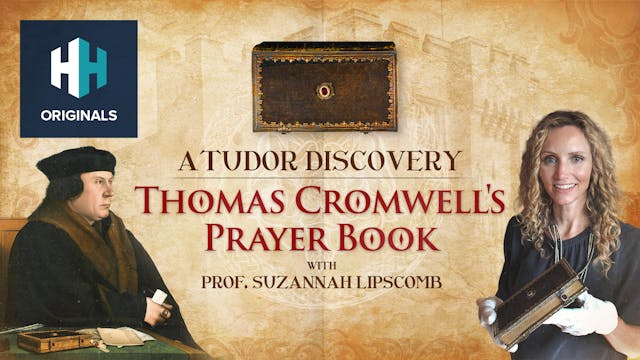2022 isn't just 100 years since the discovery of Tutankhamun's tomb. It's also exactly 200 years since one of history's greatest linguistic puzzles was cracked: when Jean-Francois Champollion made the ultimate breakthrough and deciphered the ancient Egyptian hieroglyphic code. To mark this very special anniversary, the British Museum has opened a new exhibition that guides visitors through the story of how hieroglyphs were deciphered. In this special access film, Tristan Hughes is given fascinating insight into the key exhibits by the exhibition’s expert curator, Dr Ilona Regulski.
At the heart of the exhibition sits the Rosetta Stone, one of the most famous artefacts in the World. Ilona explains what the Stone actually is and why its discovery was so important in kickstarting the great race to decipher hieroglyphs in the early 19th century.
But the Rosetta Stone is just part of a much larger story; there were many other objects that academics in France and Britain used as they raced to decipher the ancient Egyptian script. Ilona shows Tristan some of these artefacts, including a long papyrus that Champollion worked tirelessly over with little success. And an emotional letter, written over 200 years ago by Champollion, that brings you closer to the genius himself and the many challenges he faced.
The objects in the exhibition reveal the highs and lows that academics like Champollion and his rival Thomas Young experienced, as they strived to crack the code over 20 long and arduous years. But Trisstan also discovers that interest in hieroglyphs stretched back much earlier than the Rosetta Stone's discovery and the arrival of western European academics. Also on display are some remarkable medieval Arab manuscripts, written in Egypt hundreds of years before the 19th century. And Ilona highlights the important role that these objects also played in the great decipherment story.
200 years since Champollion cracked the hieroglyphic code, the British Museum's new exhibition is shining more light on the people and objects behind this seismic breakthrough, and revealing how the decoding of these small symbols opened up the wondrous world of ancient Egypt to us all.
Up Next in If you Liked A Voice for Richard
-
A Tudor Discovery - Thomas Cromwell’s...
History Hit digs deep into a fascinating new discovery that has grabbed the attention of historians across the world.
Prof. Suzannah Lipscomb explores what is being called the most exciting Tudor find ‘in a generation’ as curators at Hever Castle identify a bejewelled, gilded prayer book, tuc...
-
Debunking The Myths Of Tutankhamun
Who was Tutankhamun? How did he die? Was Tutankhamun's tomb cursed? In this video we attempt to answer all these questions and more with Prof Joyce Tyldesley from the University of Manchester.
Tutankhamun, 'The Boy King' of Ancient Egypt, is one of history's most famous names. Though his short r...
-
Guy Fawkes: The Yorkshireman Behind t...
Tensions were high in England in late October 1605, when a Catholic English nobleman, Lord Monteagle, received a mysterious letter telling him to avoid the opening of Parliament in a few days time. The letter would come to foil the plot to blow up the Houses of Parliament and kill the Protestant ...




4 Comments